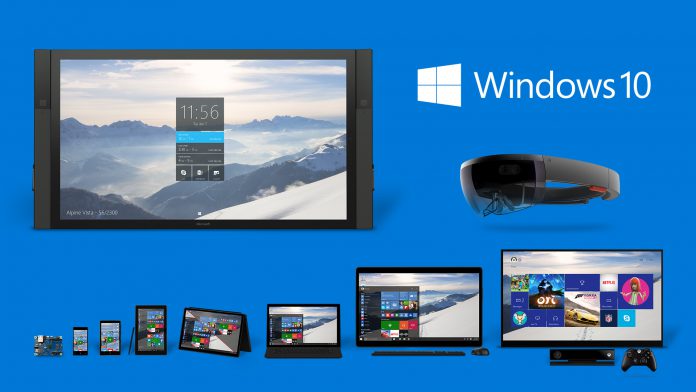There are plenty of exciting surface features in the Windows 10 Anniversary Update. However, there are also cool things going on under the surface. One of them has been a change to DPI Scaling, improving the service.
DPI Scaling has often been a frustration for Windows users over the years. The way the platform processes text across services and apps could be problematic. Microsoft says some of its Anniversary Update changes improve the situation.
Microsoft held an Ask the Core Team blog post overviewing the technical improvements to display scaling. Peter Felts, a senior program manager in the developer platform group hosted the blog. The company says it is trying to bring legacy scaling software on a level with UWA. Microsoft is also attempting to solve problems that stop a full Windows DPI fix.
The most common problems with DPI Scaling in Windows are also detailed. Microsoft employee Steve Wright says blurry text and UI, poorly sized apps, and apps with layout issues are the most common problems.
“These problems are most frequently seen whenever the display scale factor of a Windows PC changes while the user is logged in and/or if an application is moved from the “main display” to a display that has a different display scale factor.”
The real question worth asking is why Windows still cannot get DPI right. The platform is decades old and Microsoft keeps fudging DPI Scaling. Even through Windows 7, 8, and 10 there have been issues. Unfortunately, despite Microsoft saying the Anniversary Update solves some issues, users disagree.
Despite Microsoft’s improvements, users say that Windows is still handling DPI Scaling in a frustrating way. Microsoft tackles the continued problems on its blog:
Why doesn’t Microsoft Just Fix Display Scaling on Windows?
“This is a valid question that many of us have asked ourselves when joining teams that are working on this problem space.
The main challenge that we face, however, is that many, many, applications that run on Windows are using a design pattern where they ask Windows for information about the system when they launch (questions such as how big the display is, what is the display scale factor, what is the size of the font that should be used for default text, as well as others) and then cache this information and never expect it to change. Because of this, even if Windows did start giving these applications information about a DPI change, most, if not all, of these applications wouldn’t even be asking and therefore would not respond correctly. Furthermore, if Windows did start providing dynamic display-scale-factor-related information this would be a nightmare for application compatibility and would probably cause more problems for application stability than it would help in terms of high DPI display issues.”






